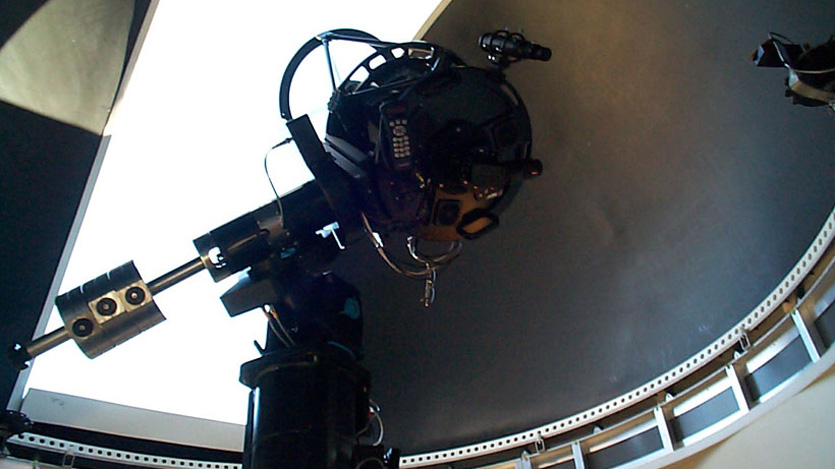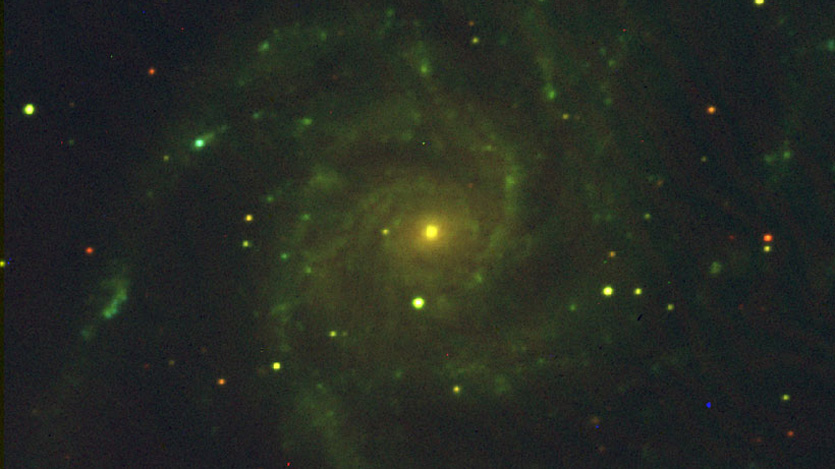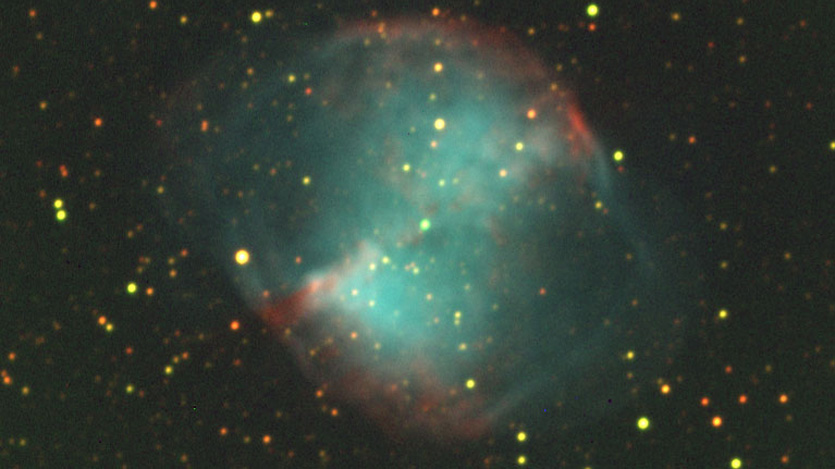The Hampden-Sydney College Observatory houses a new 17 inch Ritchey-Critien telescope and mount from Planewave Optics. It includes a climate controlled room for computers and on-site observers.
The observatory is used on clear nights for projects in our astronomy classes, student research projects, and community observing. Our current plans are to integrate the observatory into the SkyNet telescope control system through the for fully automated control. This will enable the telescope to be used more efficiently, because it will not need to be staffed in order to be observing the sky.
|
Hampden-Sydney College Observatory |
||||
|
Lattitude |
37.238431 |
degrees |
North |
|
|
Longitude |
78.470897 |
degrees |
West |
|
|
Elevation |
149 |
meters |
||
|
Telescope Height |
4 |
meters |
||
|
Minor Planet Center Code |
W40 |
|||
|
17" Planewave Telescope |
||||
|
Focal Ratio |
f/4.5 |
|||
|
Effective Diameter |
17 |
inches |
432 |
mm |
|
Effective Focal Length |
77 |
inches |
1949 |
mm |
|
ZWO ASI6200MM Pro Camera |
||||
|
Pixels per side |
9575 |
× |
6388 |
|
|
Total Number of Pixels |
61,165,100 |
Pixels |
61.2 |
Megapixels |
|
Pixel Size |
3.76 |
× |
3.76 |
microns |
|
Chip Size |
36 |
× |
24 |
mm |
|
Plate Scale |
0.40 |
× |
0.40 |
arcsec/pixel |
|
Field of View |
64 |
× |
42 |
arcminutes |




